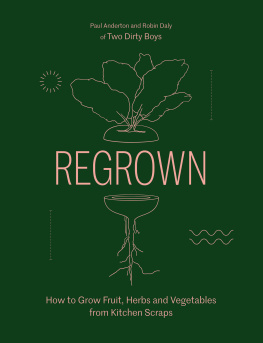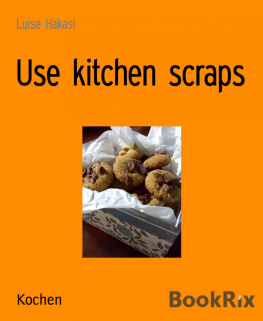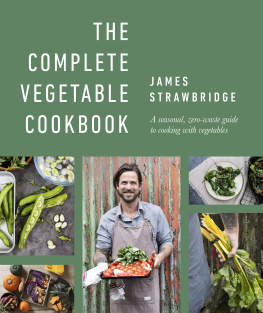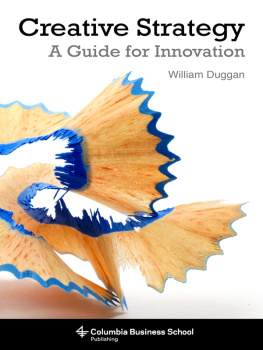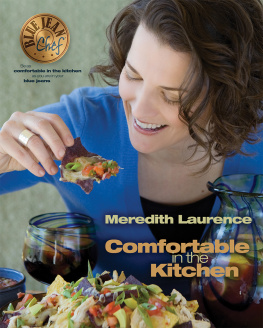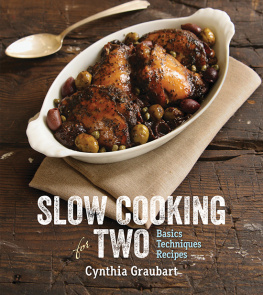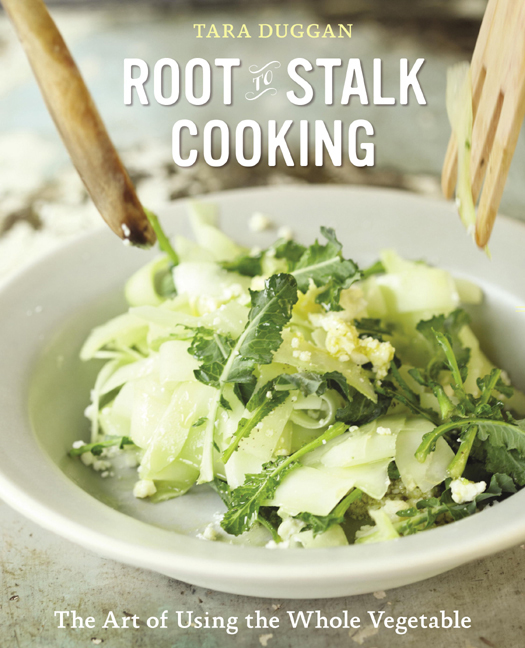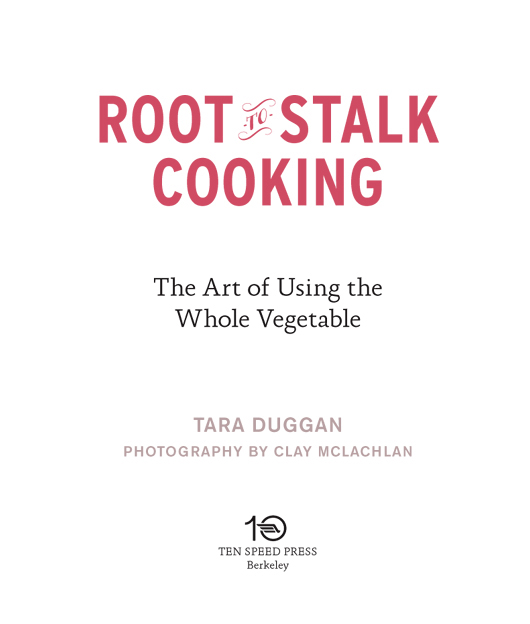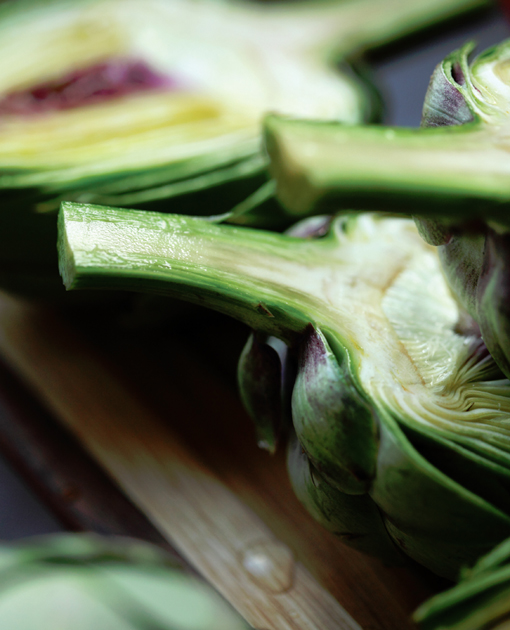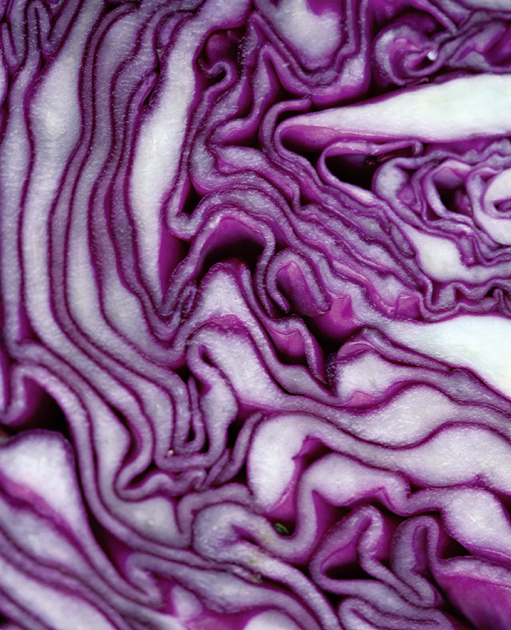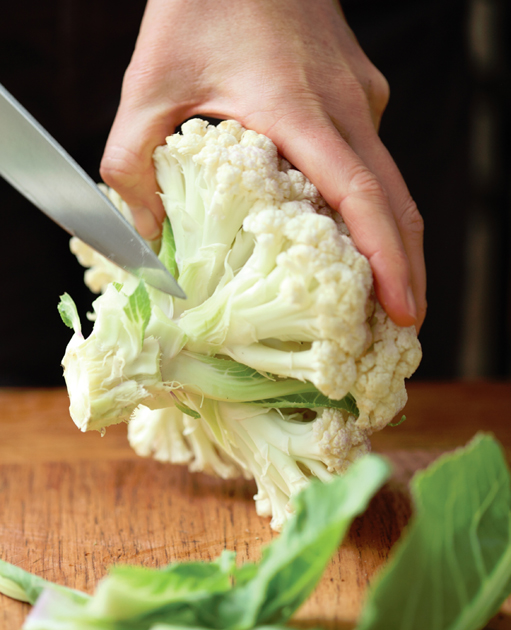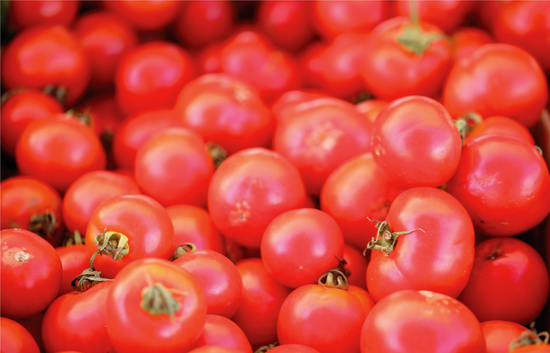Copyright 2013 by Tara Duggan
Photographs copyright 2013 by Clay McLachlan
All rights reserved.
Published in the United States by Ten Speed Press, an imprint of the Crown Publishing Group, a division of Random House LLC, New York, a Penguin Random House Company
www.crownpublishing.com
www.tenspeed.com
Ten Speed Press and the Ten Speed Press colophon are registered trademarks of Random House, LLC
The recipe Harissa-Roasted Squash with Warm Chickpea & Mche Salad was adapted from the recipe as it was originally published in the San Francisco Chronicle .
Library of Congress Cataloging-in-Publication Data
Duggan, Tara.
Root-to-stalk cooking : the art of using the whole vegetable / Tara Duggan; photography by Clay McLachlan. First edition.
pages cm
Includes index.
1. Cooking (Vegetables) I. McLachlan, Clay. II. Title.
TX801.D85 2013
641.65dc23
eBook ISBN: 978-1-60774-413-9
Trade Paperback ISBN: 978-1-60774-412-2
Food and prop styling by Caitlin Freeman, Clay McLachlan, and Tara Duggan
v3.1
CONTENTS
INTRODUCTION
We live in an era of vegetable obsessiveness. After several postwar decades when the only vegetables we knew were frozen or canned, we have awakened to a new age in which markets are overgrown with forests of leafy greens, emerald stalks, and columns of butterscotch-colored winter squash. We buy them up, wanting to cook food that is healthy, fresh, and natural. We even plant a garden or join a farms Community Supported Agriculture (CSA) program to guarantee a basket of produce each week. Then we make a soup or stir-fry and find ourselves surrounded by extra leaves, stalks, and seeds, the flotsam and jetsam of a produce lovers cooking life.
We want to stay the course, but buying all this produce is starting to add up, and isnt it wasteful if you dont use it all? Those bags of pretrimmed broccoli florets seem to produce less waste, at least that we can see. But we want more flavor, more color, more nutrition, more life than they can offer. We want to embrace the whole vegetable.
This book will show you how to waste less, discover new depths of flavor, and save a little money by thinking differently about the produce you buy or grow. With these recipes, you can use more of those broccoli stalks, fennel fronds, artichoke leaves, and even carrot tops. The book tackles some common fruits, too, and it takes a similar thrifty approach to a few pantry staples to partner with them. My goal is both to help you use the fruits and vegetables you already love and to learn how to prepare ones that you may be less familiar with.
The recipes in this book are not all vegetarian, but they are all plant-based, the buzz word for a style of eating that puts vegetables, grains, and fruit at the center of the plate, with meat and fish revolving around like moons. Meat and fish traditionally play that supporting role in a number of cuisines, including Chinese and Italian, and the recipes here take inspiration from those countries, with dishes like Leek Greens Stir-Fry with Salty Pork Belly, which pairs a small amount of pork with the dark green part of the leeks most recipes tell you to throw out. I examine dozens of different vegetables and fruits, focusing on produce that tends to create the most waste, and give their extra partsthose roots, stems, leaves, and seedsa chance to take their rightful place in the center of our diet.
Some of the ingredients used here, like carrot tops and beet greens, dont last very long once you remove them, so you really need to cook them first or at the same time that you use the main vegetable. If you dont have the time to prepare the greens within a day or two of taking them home, they might just end up in the compost bin, no questions asked. But if you are inspired to cook them, you will get another dish out of the deal, such as a carrot top salsa verde to drizzle over roasted root vegetables, when all you thought you were getting was carrots.
In some cases, your experimentation might lead you to rediscover why we dont eat certain vegetable parts. For example, I had little success turning corn silk into something anyone would want to eat, and my attempts at basil stem oil lead nowhere (it turns out they are grassy and bitter).
Tomato skins have more potential, but saving them is probably more trouble than its worth. After setting aside the skins of a couple pounds of summer-ripe tomatoes I had used in a sauce, I dehydrated them in the oven for two hours and then ground them up in a food processor. In the end, I had a couple of tablespoons of very flavorful powder for all my trouble. In large amounts, it could be worthwhile, but for general daily use, it wasnt very useful.
Most of the time, however, using the vegetable parts most home cooks throw away is worth the effort. We can learn a lot about the subject from restaurant kitchens, where whole vegetable cooking is second nature because wasted food hurts the bottom line. But there is another reason chefs do it: flavor. Using different parts of the same vegetable in various ways, such as the inner and outer stalks of celery, or the fennel fronds as well as the fennel, adds layers of nuance to a dish, since different parts of a plant are more intensely flavored, or differently flavored, than others. I hope that this book helps you become excited about all of the different possibilities waiting inside each vegetable.
Vegetables: The Passion and the Reality
I first got really into food, and vegetables, during several years my parents were stationed with the military in Naples, Italy. My brother, Ben, and I were in college in the United States, but we spent as much time in Italy as we could, drinking cappucci , as they call the milky espresso drinks there, and eating out with my parents while working summer jobs. In addition to sampling the regions amazing seafood, pizza, and pasta, we got to experience a whole new world of vegetables in unexplored preparations.
In Naples at Table , Arthur Schwartz writes that the Neapolitans were once called mangiafoglie , or leaf eaters, because of their love of vegetables, which are grown in the fertile volcanic soil and sunshine the region is known for. I think of Californians as modern-day mangiafoglie , though in our case the leaves might refer to lettuce, since we eat salads at every opportunity. Californias Salinas Valley is called the nations salad bowl, and the state is responsible for growing much of the countrys other vegetables and fruits. While California can boast having the largest number of farmers markets in the country, the increased interest in fresh produce is a trend seen across the United States, where the number of farmers markets grew by 40 percent between 2002 and 2012.


